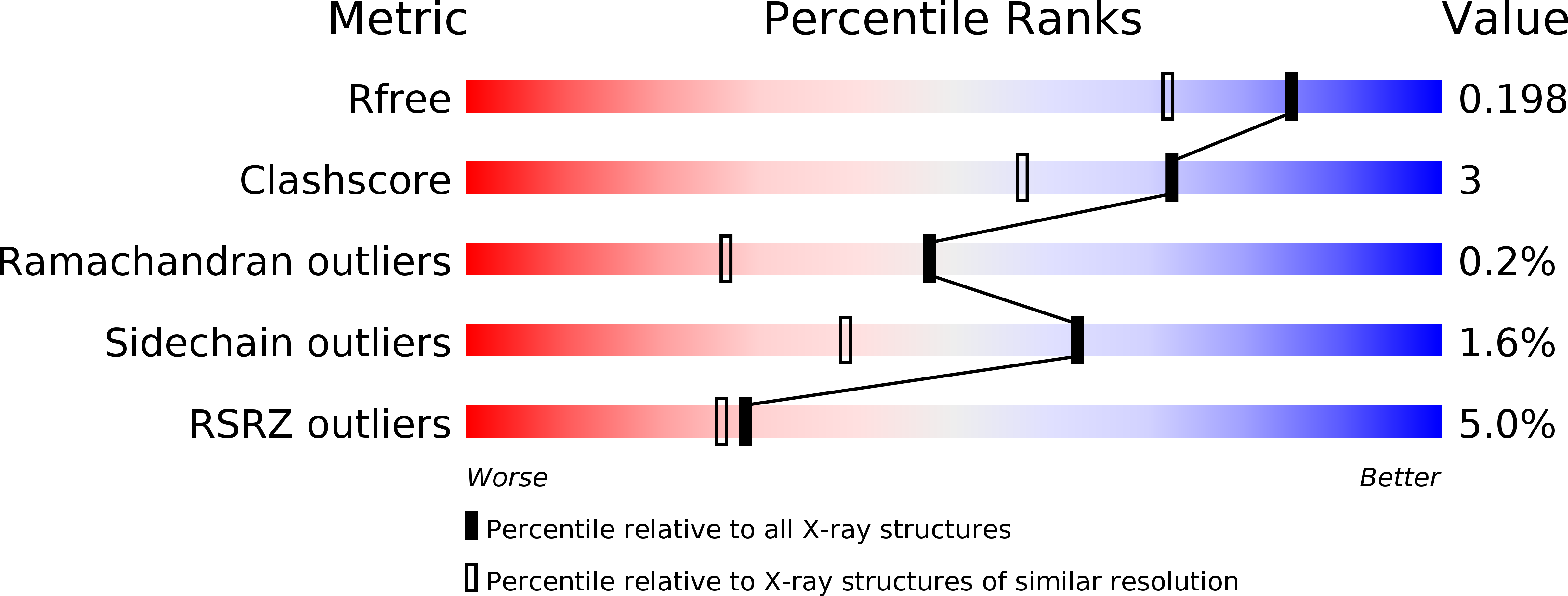
Deposition Date
2005-12-20
Release Date
2006-01-31
Last Version Date
2024-11-20
Entry Detail
PDB ID:
2FFU
Keywords:
Title:
Crystal Structure of Human ppGalNAcT-2 complexed with UDP and EA2
Biological Source:
Source Organism:
Homo sapiens (Taxon ID: 9606)
Host Organism:
Method Details:
Experimental Method:
Resolution:
1.64 Å
R-Value Free:
0.20
R-Value Work:
0.17
R-Value Observed:
0.17
Space Group:
P 61


